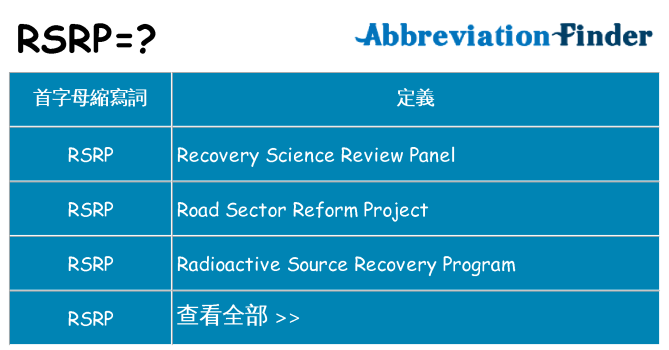
Rxwaveform = rxwaveform + circshift(txcell2,delta_t) Txcell2 = lteRMCDLTool(cell2,randi(,1000,1)) ĭelta_t = round(info.SamplingRate*3e-6) % Time offset between cells % For each time period: for T = 1:nTimePeriodsįprintf( '\n%s\n Time period T%d\n%s\n\n',separator,T,separator) įprintf( ' NCellID: %7d %7d\n',cell1.NCellID,cell2.NCellID) 5G site testing solutions should offer an efficient method to test layer 1 and layer 3 parameters, new performance KPIs, and the quality experienced (QoE) by end users.RxRSRPs = -inf(nTimePeriods,searchalg.MaxCellCount) Layer 1 parameters and layer 3 signaling can be measured and recorded for further troubleshooting.ĥG site test solutions help operators to overcome the challenges of verifying correct site installation and to troubleshoot sites of 5G networks.

Functional testsĪdding a smartphone to the 5G STS allows functional tests such as data uplink or downlink and throughput measurements. The example displays two technologies, LTE and parallel 5G. The results are shown in a Top-N view (highest signal in front) or graph in a value-over-time chart. The signal of interest can be selected and the availability of beams / PCIs, boundaries of beams/sectors and sidelobes can be checked by filtering via band, PCI, MNC/MCC or SSB. Even DSS sites (green rectangular) can be detected (band 1 LTE over 5G at same frequency, within a UMTS gap). Further information about the signal content can be obtained by reading relevant broadcasting data (MIB and SIB). No channel, frequency or SSB position settings are needed. Automated channel detection (ACD) displays all legacy and 5G signals. In 5G, it is important to add demodulation and decoding to spectrum measurements. Since this is a non-decoding spectrum measurement, no PCI or SSB indications can be seen. In this example, you can see repeated transmissions of seven beams and some control data. SSBs can be seen in the time domain by going into zero span and using the video trigger.

Fig 6: Phone monitor showing 5G parameters.


 0 kommentar(er)
0 kommentar(er)
